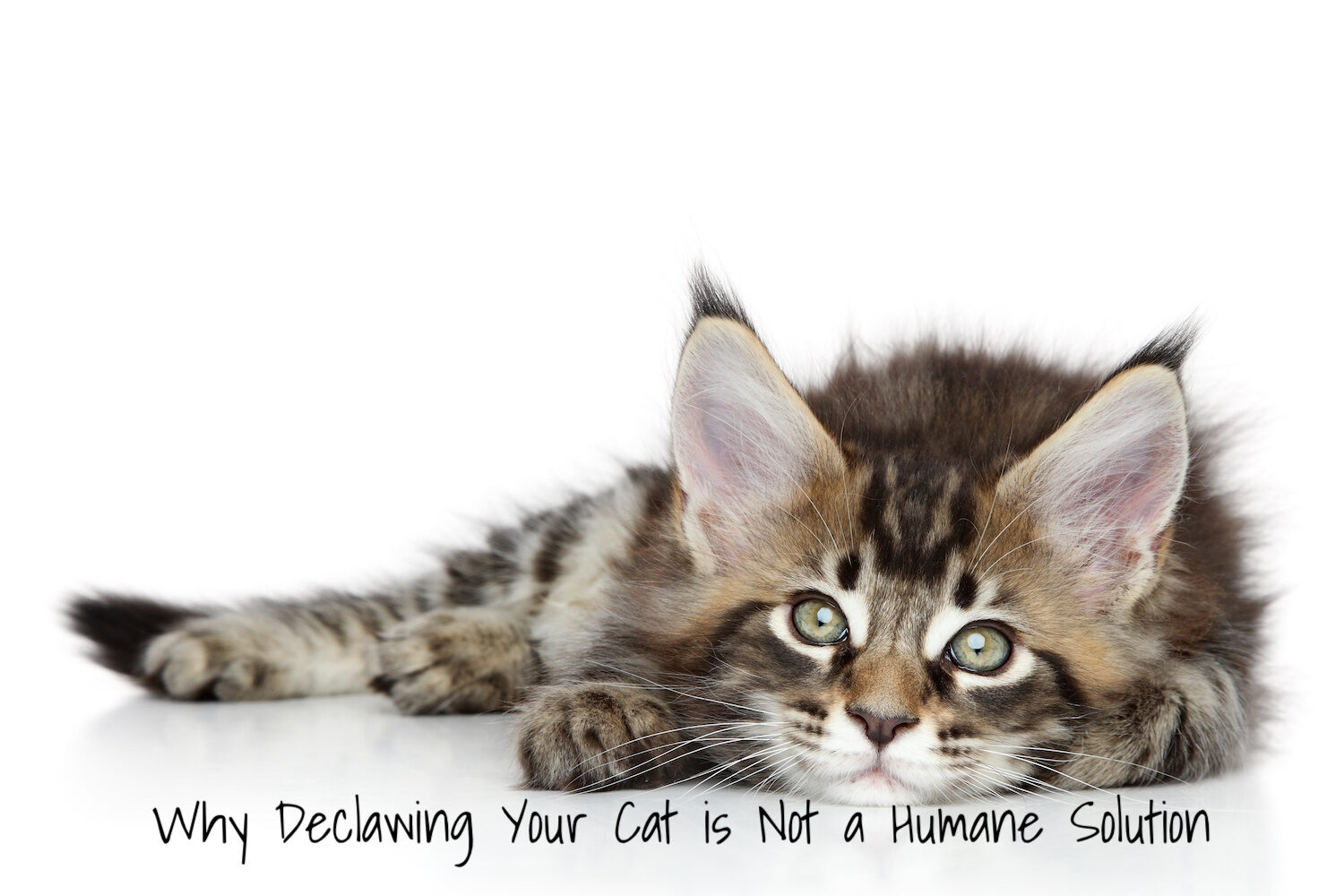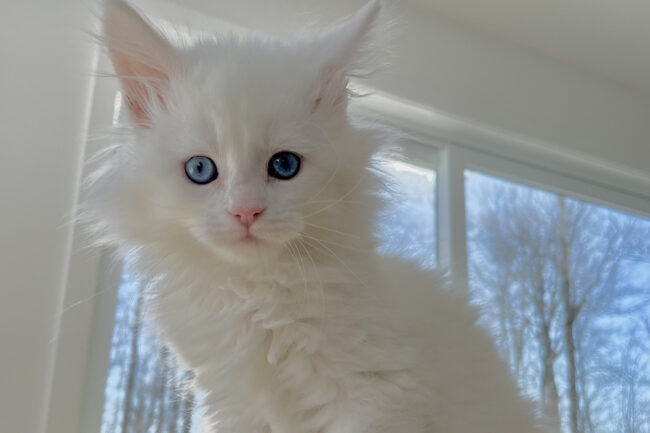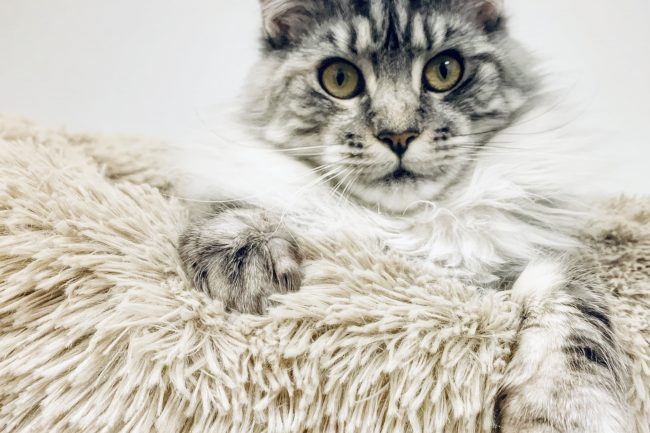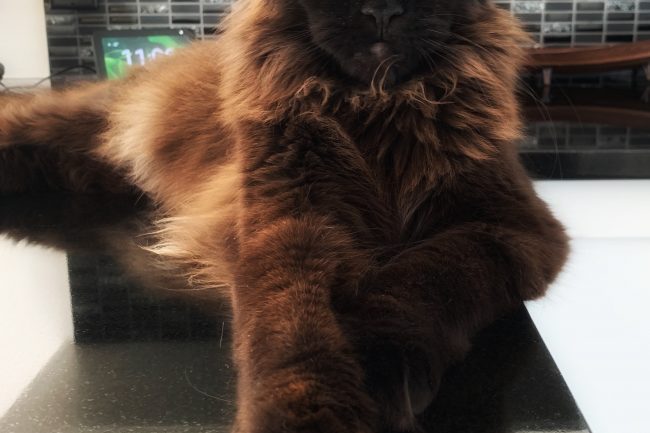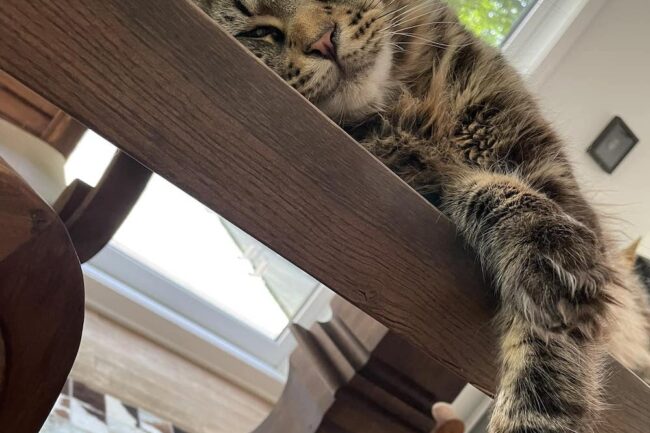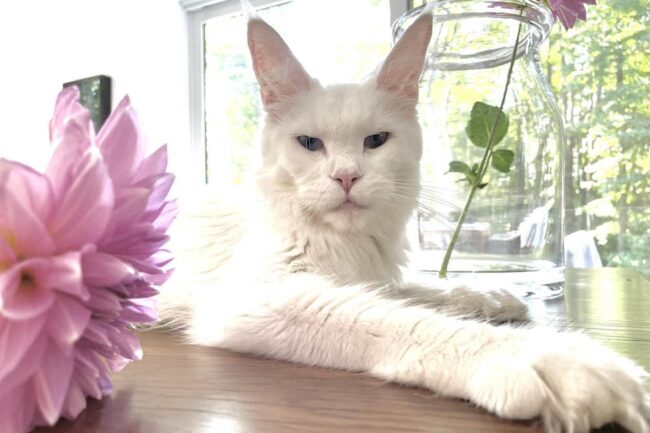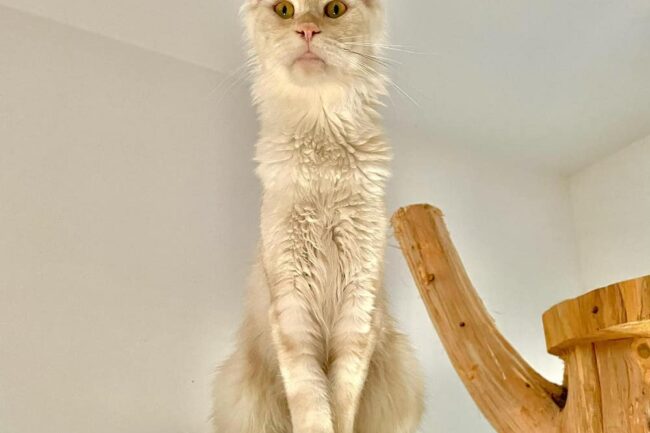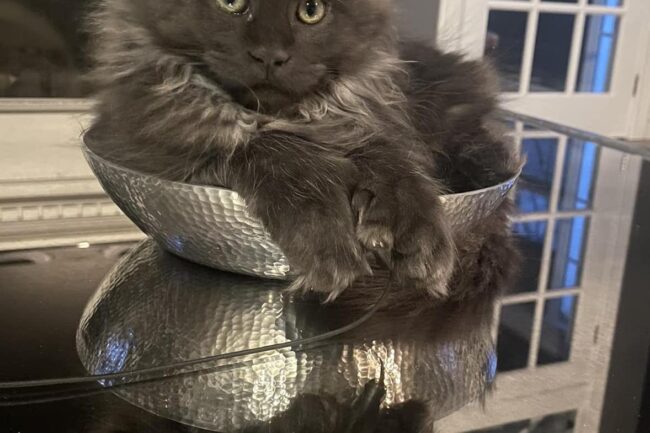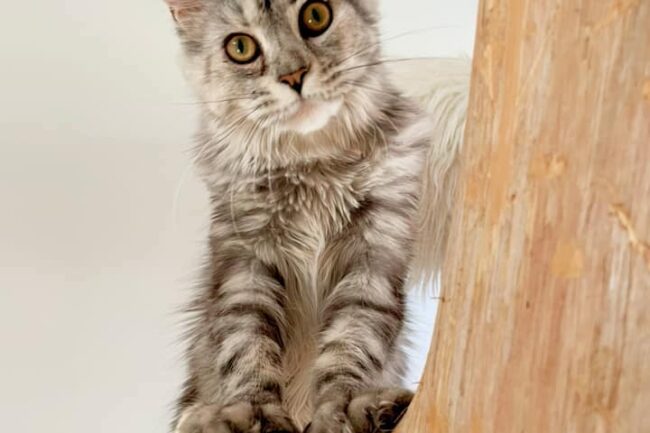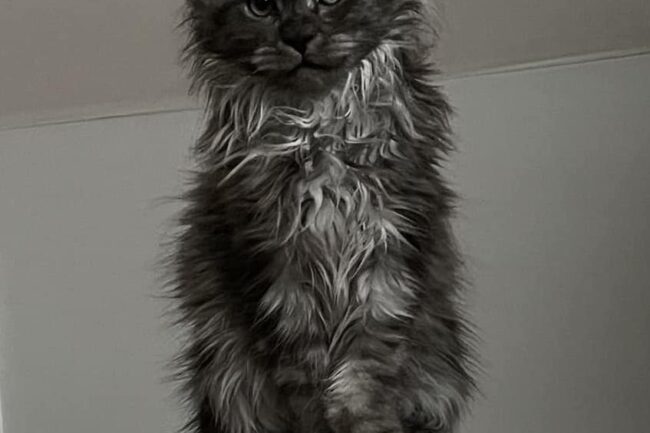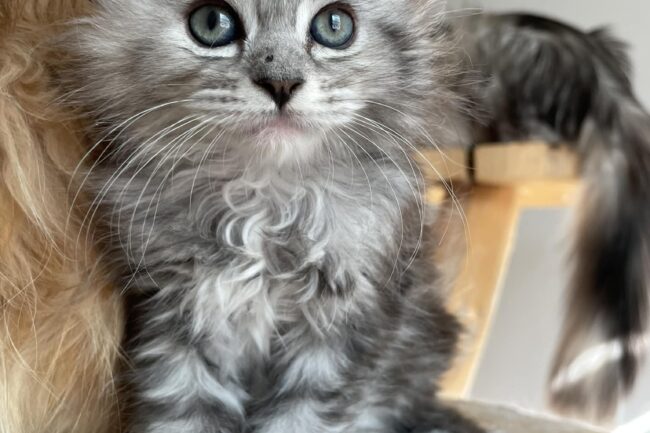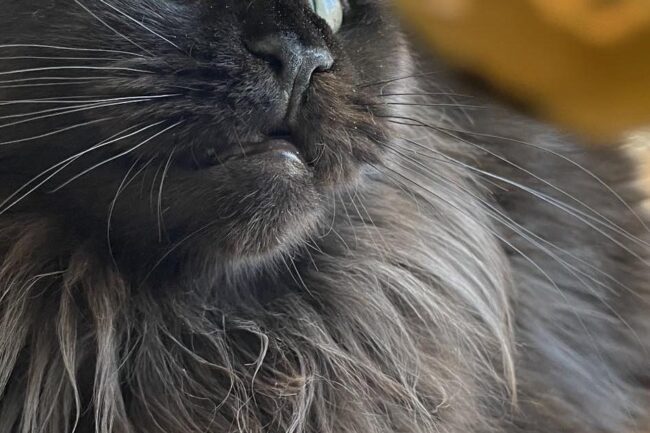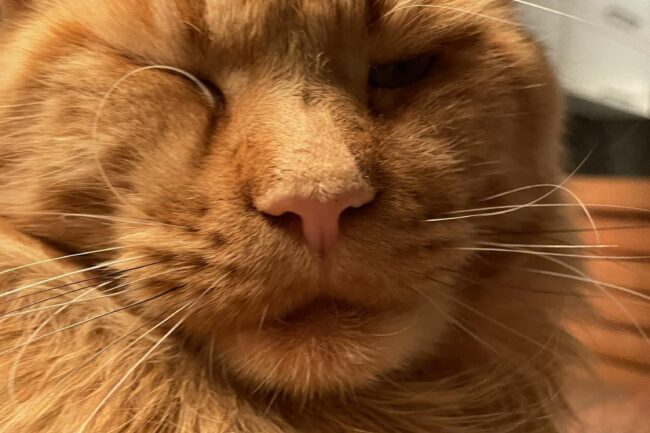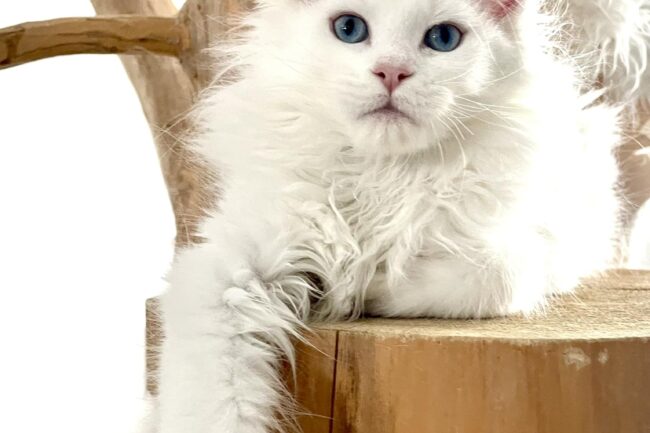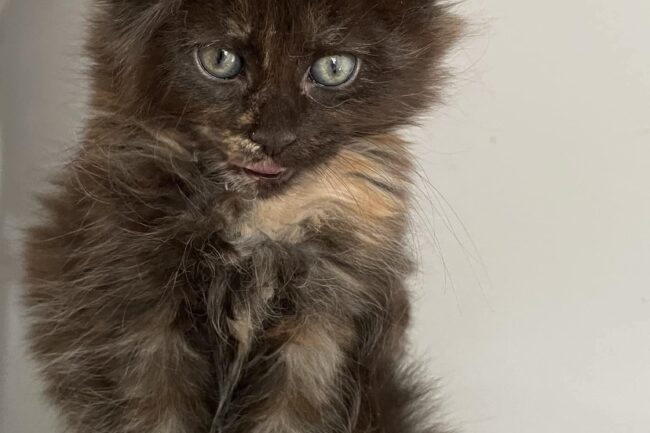Cats are known for their sharp claws, which they use for various activities, such as scratching, climbing, and self-defense. However, some cat owners choose to declaw their cats, which involves surgically removing the claws from their paws. While declawing may seem like a simple solution to prevent damage to furniture or to avoid scratches, it is not a humane treatment for cats. In this article, we'll explore the consequences of declawing and provide alternative solutions for cat owners.
The Consequences of Declawing
Declawing can cause long-term physical and behavioral issues for cats. The procedure involves removing the entire last bone of each toe, which can cause pain, discomfort, and difficulty in walking. Cats may also experience postoperative complications, such as bleeding, infection, and nerve damage. Additionally, declawing can lead to behavioral changes, such as aggression, biting, and litter box avoidance, as cats may feel vulnerable and stressed without their claws for defense.
Alternatives to Declawing
There are several humane alternatives to declawing that cat owners can consider. One of the most effective methods is to train cats to use scratching posts and provide them with appropriate surfaces to scratch, such as sisal rope or cardboard. You can also use deterrents, such as double-sided tape or citrus sprays, to discourage cats from scratching furniture. Another option is to trim your cat’s claws regularly, which can help reduce damage and prevent scratching accidents.
The Importance of Understanding Cat Behavior and Health
It’s essential for cat owners to understand their cat’s behavior and health needs before considering declawing. Scratching is a natural behavior for cats, and it serves many purposes, such as marking territory, stretching, and maintaining claw health. By providing cats with appropriate outlets for their scratching behavior, cat owners can help promote their cat’s physical and emotional well-being.
In conclusion, declawing is not a humane solution for preventing damage or scratches, and it can cause long-term physical and behavioral issues for cats. By understanding their cat’s behavior and health needs and providing appropriate alternatives to declawing, cat owners can help promote their cat’s well-being and prevent unnecessary suffering. Let’s give our feline friends the respect and care they deserve.
We're Not Kitten Around ...
We welcome you to contact us for more
information about our Maine Coons and adoption.

